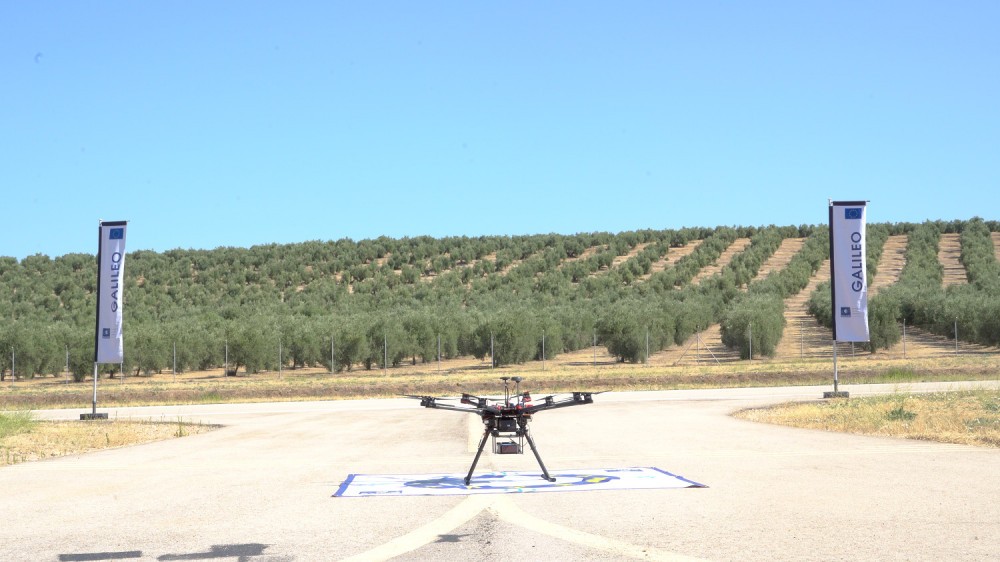SUGUS passes flight test phase

On July 6 and 7, the ATLAS (Air Traffic Laboratory for Advanced unmanned Systems) Experimental Test Flight Center received three flight plans corresponding to the concept test as part of the SUGUS project.
Initiated in 2019, SUGUS (Solution for E-GNSS U-Space Service) is a project financed by the EU R&D+i program aimed at accelerating the use of GNSS and Galileo in the unmanned aerial vehicle (UAV) segment. Developed by a consortium led by GMV and EVERIS, the project contributes to the development of services oriented towards effective airspace integration for drones in the Open and Specific flight categories.
The project includes running a series of test flights in complex environments to demonstrate the added value of the service proposed by SUGUS in drone operations. The purpose is to raise awareness and contribute to standardizing and regulating it, to maximize the possibilities of the proposed services being implemented as a U-Space service. To do that, an initial review was conducted on the results of the previous E-GNSS projects, identifying the needs of drone operators and unmanned traffic service providers in complex operations and urban spaces. This analysis has contributed to defining and implementing a new API (Application Programming Interface) developed by GMV to provide drone users with a GNSS performance prediction and monitoring service.
The three flights conducted served to demonstrate the added value provided both by the European Galileo and EGNOS (E-GNSS) navigation systems and by the API. The flights were designed to emulate three operations that could benefit from the EGNSS-based services proposed in the project: building inspection, healthcare product delivery and precision agriculture.
The first flight plan, focusing on precision agriculture, faced a change to the initial planning as a result of the activation of an NDZ (No Drone Zone) just before the start of the operation. The modification reduced the flight area to avoid accessing that zone.
The second flight plan was based on sending healthcare products, specifically boxes of COVID-19 vaccines. In this case, the NDZ was declared while the flight was underway, causing the plan to be modified without aborting the mission in order to fly around the area.
Finally, the flight plan focusing on building inspection used an NDZ defined as the perimeter and height of the building, taking into account safety considerations provided by the SORA analysis, as well as GNSS performance degradation to avoid the drone approaching the building to be inspected more than it should.
The tests were a complete success and will be used to present to the unmanned aviation community the benefits of a performance prediction and monitoring system in the flight planning and development phases. It will also be used to demonstrate that the API developed by GMV as part of this project enables the integration and implementation of this type of system, facilitating the preparation and operation of unmanned flights, while increasing their safety and efficiency.